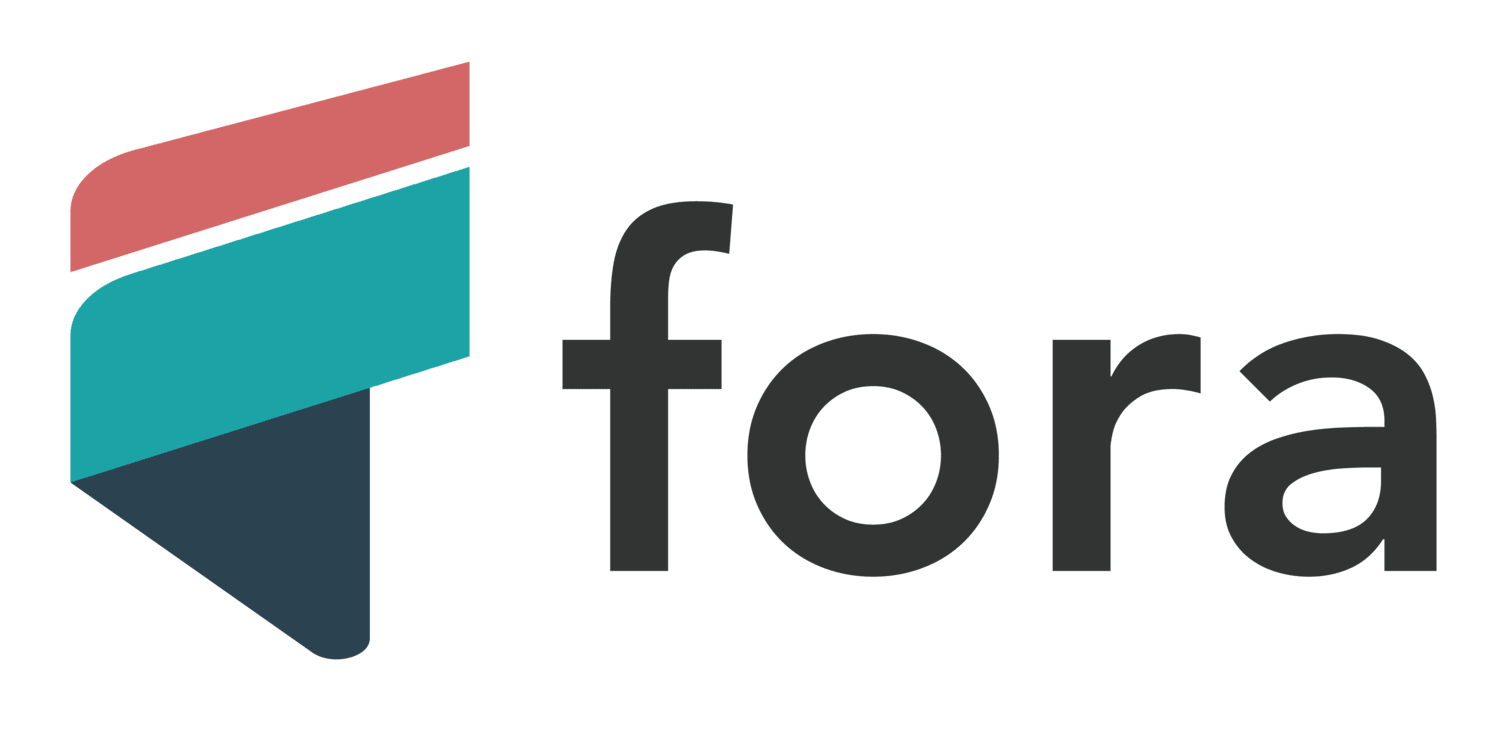Compare Lenders
Discover Popular Financial Services
How to get a personal loan Canada?
Getting a consumer loan in Canada has become incredibly simple, especially with so many lenders now operating online. You don't need to spend hours calling banks or setting up appointments - you can compare rates, browse trusted lenders, and apply for the best option right from your couch. No matter the reason for your loan, there is likely a lender out there offering a flexible deal that fits your needs. All you really need to get started is a few basic documents and a bit of time.
Basic Information needed for a consumer loan, Canada
- I.D.
- Proof of address
- Bank account information
- Employment information
Additional information needed for a consumer loan, Canada
- Financial institution
- Bank statements
- Pay stubs or tax returns
- Statement of current financial obligations, such as credit cards or other loans
- Information regarding any collateral
With just these items, you can access online installment loans in minutes.
Where to get consumer loans in Canada?
No matter where you live in Canada, you have access to a wide range of Installment loan options. There's really no shortage of places to turn when you desperately need the funds. The best part? You can use your personal loan for almost anything: home repairs, emergencies, travel, debt consolidation, or even buying a car!
If you're looking for a loan to purchase a vehicle, there are special auto loans you can obtain that will help you obtain the ride of your dreams. With so many options, it's easy to compare rates, terms, and approval times to find the deal that makes the most sense for you.
What are the types of personal loans you can get in Canada?
There are two broad types of consumer loans in Canada: secured personal loans and unsecured personal loans. A secured loan (or title loan) is "secured" by putting up an asset (like your house or car) as collateral in the event you can't repay the money you owe. It can act as a personal loan payment.
If you default on the loan, the asset can be seized by the lender as payment. Because secured loans are considered less risky by lenders, you can often borrow a larger sum of money at a lower interest rate, or get approved even when you have a poor credit score. The best personal loan interest rates in Canada are for secured loans.
In contrast, an unsecured personal loan requires no collateral, but generally, you should have a good credit score to obtain one. Because they are considered riskier to loan lenders, unsecured personal loans tend to be for smaller amounts and have higher interest rates and stricter payment schedules than secured loans.
They are still widely available, though; in fact, they are more common than secured personal loans, and most online personal loans are unsecured. But if you're worried about securing the best personal loan rates, a secured loan may be your best option.
Within these two broad types of consumer loans, there are many subtypes; all of the following are types of consumer loans.
How much money can I get from a personal loan in Canada?
One of the reasons consumer loans are so popular is that loan amounts are so varied. You can borrow as little as $100, or as much as $100,000 - as long as you qualify for the loan you apply for and you have the means to make monthly payments. Larger loan amounts are subject to greater scrutiny and may require better credit, higher income, or collateral.
What can secured loans be used for in Canada?
Many consumer loans in Canada can be used for almost any purpose; the most common reasons for getting a personal loan are: to consolidate debt or debt restructuring (as personal loan interest rates are often lower than the interest rates on credit cards and other debt instruments); home improvements; weddings; vacations; tuition; medical bills; vehicle purchase or repair; startup capital for a business; emergencies; and other bills and expenses.
As long as you make your loan payments on time and are not engaging in anything illegal or otherwise violating the conditions of your loan, you can use the funds from your loan however you want.
This is true of payday loans, home equity loans, guarantor loans, emergency loans, personal lines of credit, home equity lines of credit, bad credit score loans, and installment loans.
However, there are some personal loans that are use-specific. For example, an auto loan is a type of personal loan, but it is specifically designed to be used for a car purchase.
A boat loan must be used for a boat. A debt consolidation loan must be used to pay off other debts. A home repair loan must be used for home repairs. To be sure you always get the right personal loan for your needs, check the lender's conditions before you apply.
What is a good interest rate on a personal loan in Canada?
When it comes to getting the best personal loan interest rates, several factors come into play. Lenders look at your credit score, income, existing debts, and whether or not you're offering collateral. But rates are also shaped by the economy - things like inflation and the Bank of Canada's lending rate can cause them to shift.
That's why your loan interest rate can vary not only from person to person but also from month to month. Interest rates typically range from as low as 5% to 40% or more.
To make sure you're getting the best deal, it's smart to compare personal loan offers from a range of providers, including online personal loan lenders, who often offer fast approvals and competitive rates.
Graph showing average monthly loan payments in Canada by loan type.
What factors affect personal loan interest rates in Canada?
Most personal loan lenders will consider the following when deciding on what interest rate to offer:
Income/Financial Situation
The higher your income, the easier it will be to qualify for a personal loan, and the better your interest rate will be.
Employment Status
Salaried employees usually have an easier time getting approved and accessing competitive loan rates than someone who's self-employed or a contract worker.
Financial Commitments
If you pay alimony, spousal, or child support, these amounts will be factored into your application. Alternatively, if you receive support, counting it as income could help you qualify for better loan terms.
Credit
In general, the better your credit score, the easier and cheaper it will be to get a loan. If you have a low credit score, then it's unlikely that you will be approved. Those with the best credit can access the most competitive financial products.
Assets
If you own a valuable asset, like property, you can use this as collateral to secure better loan terms.
How do I find the best personal loan rates in Canada?
Finding the best personal loan interest rates in Canada starts with understanding your financial position and what type of personal loan will work best for you. Not every loan is suitable for every person or every circumstance.
If you have bad credit, then looking at bad credit loans will get you a better loan rate and a higher chance of approval than a standard personal loan. If you need money to buy a car, then an auto loan may offer you a better rate than an installment loan.
Once you know what to look for, you can compare loan offerings and rates across lenders. Check out online loan lenders, private lenders of personal loans, and other providers of small loans in Canada. And remember that the cheapest rate does not necessarily mean the best loan for you; always take into account the lender's fees and reputation too.
What factors to consider when comparing personal loan lenders in Canada?
With so many personal loans available in Canada, it's important to know how to pick the best product for you. When comparing your different loan options, remember to look at:
- Type of loan
- Loan amount
- Term length
- Interest rate
- Interest type -Â fixed or variable
- Repayment frequency
- Fees
You must choose a loan that suits your purposes and that is affordable throughout its term. For example, a loan with a variable rate of interest might seem affordable now, but if rates go up, it could become much more expensive, so you need to consider whether you'd still be able to afford it in the future. Only ever apply for what you need and what you think you will be able to afford, even in changing circumstances.
As well as comparing loan terms, you also need to consider factors related to personal loan lenders, such as reputation. Look at how long the lender has been in business. Are they trustworthy or proven in the market? What do past customers say about their customer service? What are their fees like, and how transparent are they about their terms and conditions?
A really great interest rate on a personal loan might seem attractive, but if the lender has poor customer service or hides its terms, you may find yourself in trouble should you ever need help with your loan down the line.
How do I qualify for a personal loan in Canada?
Different personal loan lenders have different eligibility criteria for their products, so you always need to check with a specific lender to see if you qualify for a loan from them. However, there are several hard and fast rules about who can get personal loans in Canada.
Qualifcations
- The age of majority in their province (18 or 19 years old, depending on where you live)
- Have a valid bank account
- Be able to prove residence
- Be in good standing financially
Other factors, such as income, credit score, and so on, will affect your chances of loan approval, but without the four factors above, you won't have any options.
Apply online for a Personal Loan here
FAQ's About A Personal Loan
Can A Foreigner Get A Personal Loan In Canada?
Yes, but you must have a credit score in Canada, and you must reside within the country. You should start out with an online application and go from there. However, it can vary depending on your financial circumstances, what you intend to use the loan for, and whether you have a history of making regular payments.
Can I Get A $50,000 Personal Loan?
Yes! As long as you have a history of making regular payments and a good credit score, more often than not, a loan that large is used for home renovations or large purchases such as a car. For that, you can get specialized loans with better borrowing options.
What Is The Minimum Credit Score For A Personal Loan In Canada?
While there isn't technically a "minimum credit score," you should have an excellent credit history or a high credit score to obtain a personal loan in Canada.
How Long Does It Take To Obtain A Personal Loan in Canada?
It depends on several factors. It depends on what you intend to borrow money for, and whether or not you currently have an excellent credit report, high-interest debt, or a good credit score.
If you have good credit, you may receive your loan within a few business days. Otherwise, you will need a loan officer to review your loan details to determine if you qualify.
What credit score do you need for a loan in Canada?
You should have a good credit score of at least 670 to apply for a loan. Remember, they will do a credit check, and it will likely be a hard check, so you should confirm your credit score is at least 670 before formally applying for the right loan.
How To Receive a Loan Via Smarter Loans
Applying for a loan through Smarter Loans is a smooth and straightforward experience designed to save you time and help you get the funds you need - fast.
No matter the reason for your loan, Smarter Loans can connect you with some of the most reliable and reputable lenders in Canada, as well as provide you with a personal loan calculator to help you determine what type of loan suits you.
You can easily compare loan options side-by-side, including rates, terms, and approval times, so you're confident you're making the right choice. Everything is done online, which means no in-person appointments or piles of paperwork.
Just pick your lender, fill out a quick application, and get approved, all from the comfort of your home. Apply online today!
Explore more
Why Choose Smarter Loans?

Access to Over 50 Lenders in One Place

Transparency in Rates & Terms

100% Free to Use

Apply Once & Get Multiple Offers

Save Time & Money

Expert Tips and Advice


























